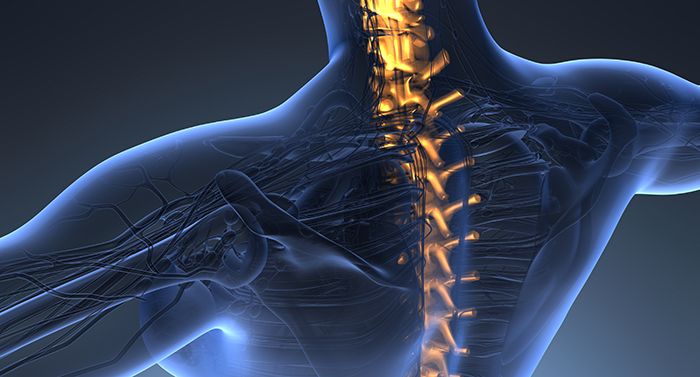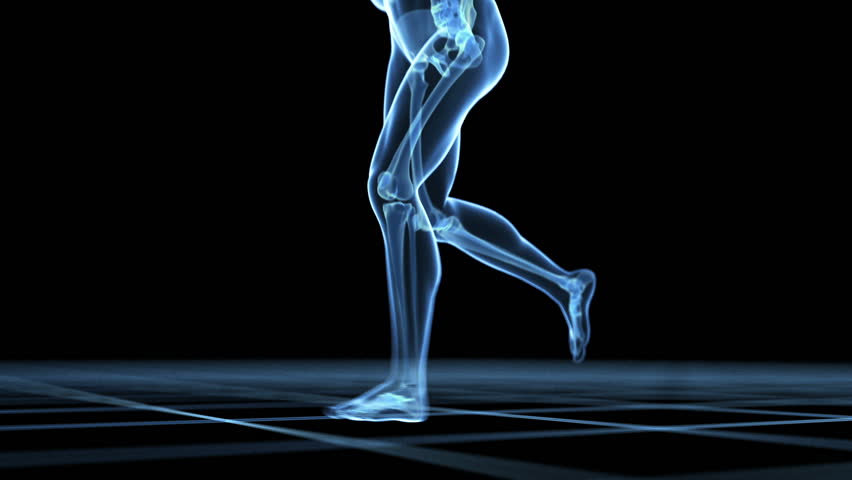Precise Imaging Expands with a New Radiology Center in Fresno, CA
The new center on West Shaw Lane features an Open MRI and X-Ray services, providing the community with enhanced diagnostic capabilities.
FRESNO, CA – Precise Imaging, a leading provider of diagnostic imaging services, is thrilled to announce the opening of its new radiology imaging center located at 2540 W. Shaw Lane, Suite 112-A, Fresno, CA 93711. The latest addition to the Precise Imaging network is now ready to serve the Fresno community and the surrounding areas, offering an Open MRI and X-Ray services.
With a continuous commitment to providing high-quality, accessible imaging services, Precise Imaging has invested in cutting-edge technology at its new Fresno center to ensure accurate and timely diagnoses. The Open MRI service aims to deliver a comfortable and less claustrophobic experience for patients, while the advanced X-Ray services ensure precise imaging for a variety of medical needs.
The Fresno location not only expands Precise Imaging’s geographical footprint but also reinforces its mission to offer patient-centric, technologically advanced imaging services to a broader spectrum of patients. This expansion underscores Precise Imaging's dedication to community healthcare and its endeavor to be at the forefront of diagnostic imaging services.
"We are elated to extend our services to the Fresno community," said Mike Rashidi, VP of Precise Imaging. "Our new center is equipped with an Open MRI and XRAY services to ensure precise and quick results. With a team of experienced radiologists and technologists, we are here to provide compassionate care and superior imaging services to all our patients."
The center is open M-F 8am-7pm and adheres to rigorous safety and sanitation protocols to ensure a safe environment for both patients and staff.
For more information about Precise Imaging and the new Fresno radiology imaging center, or to schedule an appointment, individuals can or call 800-558-2223
About Precise Imaging:
Precise Imaging offers a comprehensive range of diagnostic imaging services with a network of easily accessible imaging centers. With a focus on providing high-quality imaging and outstanding patient care, Precise Imaging is dedicated to meeting the diverse needs of patients, medical professionals, and healthcare organizations.







